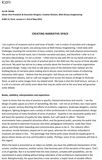

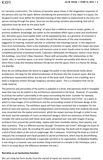
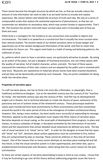

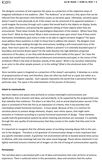
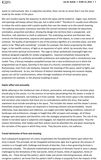
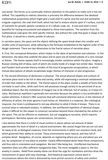
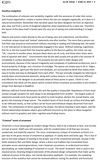
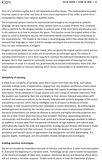
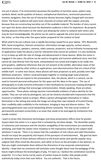
Joe M. Rohde
Senior Vice-President & Executive Designer, Creative Division, Walt Disney Imagineering
ICAM 15, Paris, session 4 • 2nd of May 2010
I am a patron of museums and an avid lover of books. I am a creator of narrative and a designer of space. Through my work, one among many at Walt Disney Imagineering, I meet daily with challenges involving the conversion of story content, (narrative), into built physical environments. The work has no formal name, but it involves narrative and place, and therefore I refer to it as narrative placemaking. I’m not a scholar. I often end my day with dirt on my hands and paint on my face. My opinions are the result of practical work in this field over the course of three decades and more. My work has led me to a deep curiosity about the function of narrative organization and spatial design. Today I am here to talk about some of the elements that I believe are the building blocks of narrative place-making and to discuss some technical means of enhancing interaction with space. I believe that the principles I will discuss are not confined to the entertainment industry, and so I will use images from across the history of design to illustrate them, as well as some images from my related work. My hope is that this brief lecture, and yes, it is a bit of a lecture, will clarify some ideas that may be useful and at the very least will generate some debate.
Books, exhibitry, interpretation and experience I want to stress that my area of practice is specific; themed attractions and resorts. I see the design of public spaces as a form of storytelling, like text. I am not an architect, but I have spent over a quarter century directing the efforts of architects, engineers, landscape designers, interior designers, lighting designers and a variety of other professionals in the conceptualization, design and construction of many hundreds of acres of product Quantity is not necessarily quality and I will leave the question of quality for later debate, but I will speak to effect. Themed environments have a powerful attractive effect, and the general public, precisely the public that must be wooed to patronize museums and other pedagogical institutions, really likes these places, and finds them rewarding and communicative places to be in. Our industry offers narratives, mostly fantasies, played out in real space, whereas the narratives embodied in museums are based in fact. The patronage that the me parks enjoy should be equally given to places whose stories are true and founded in reality. Perhaps, some of my comments will help in this regard.
[…]